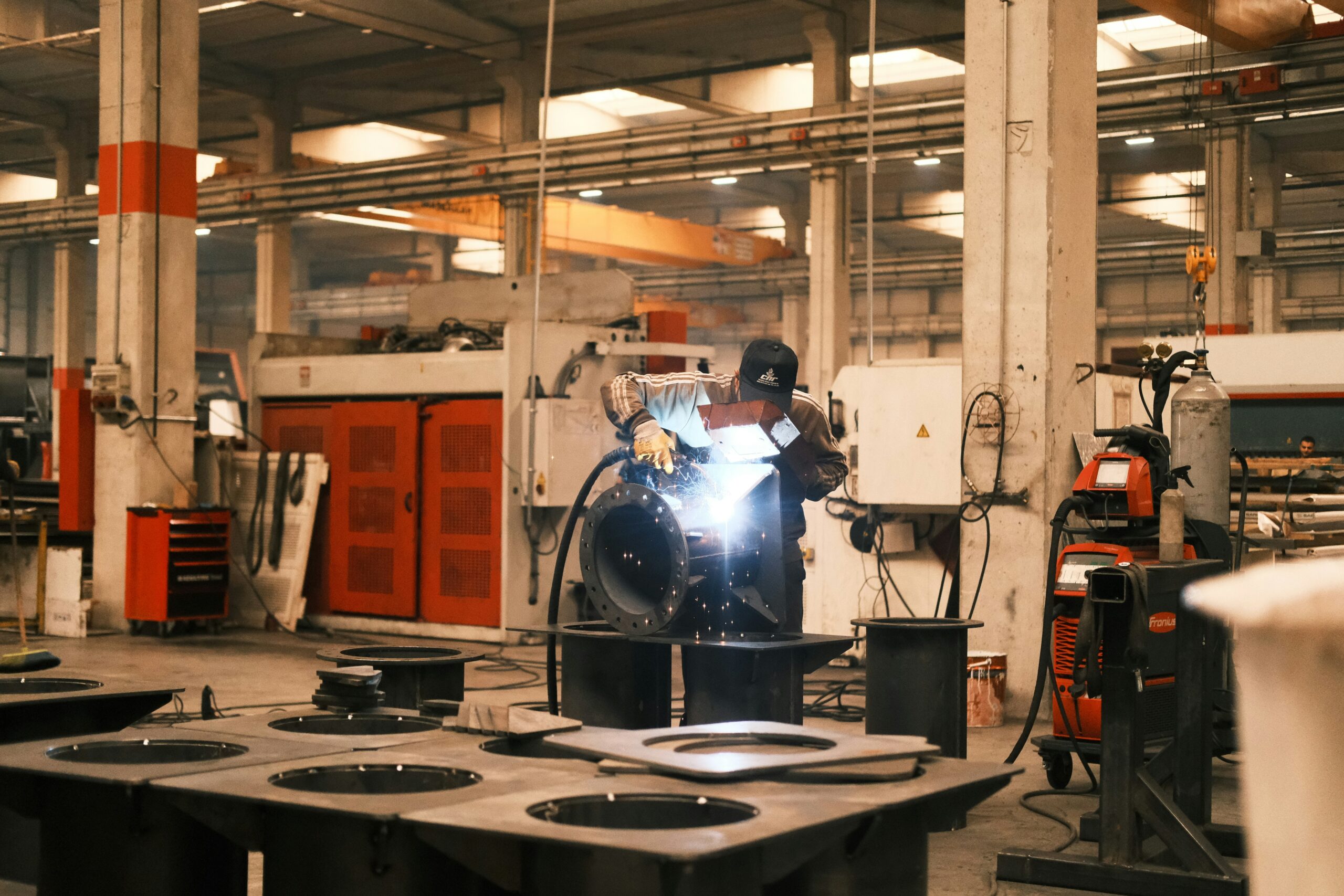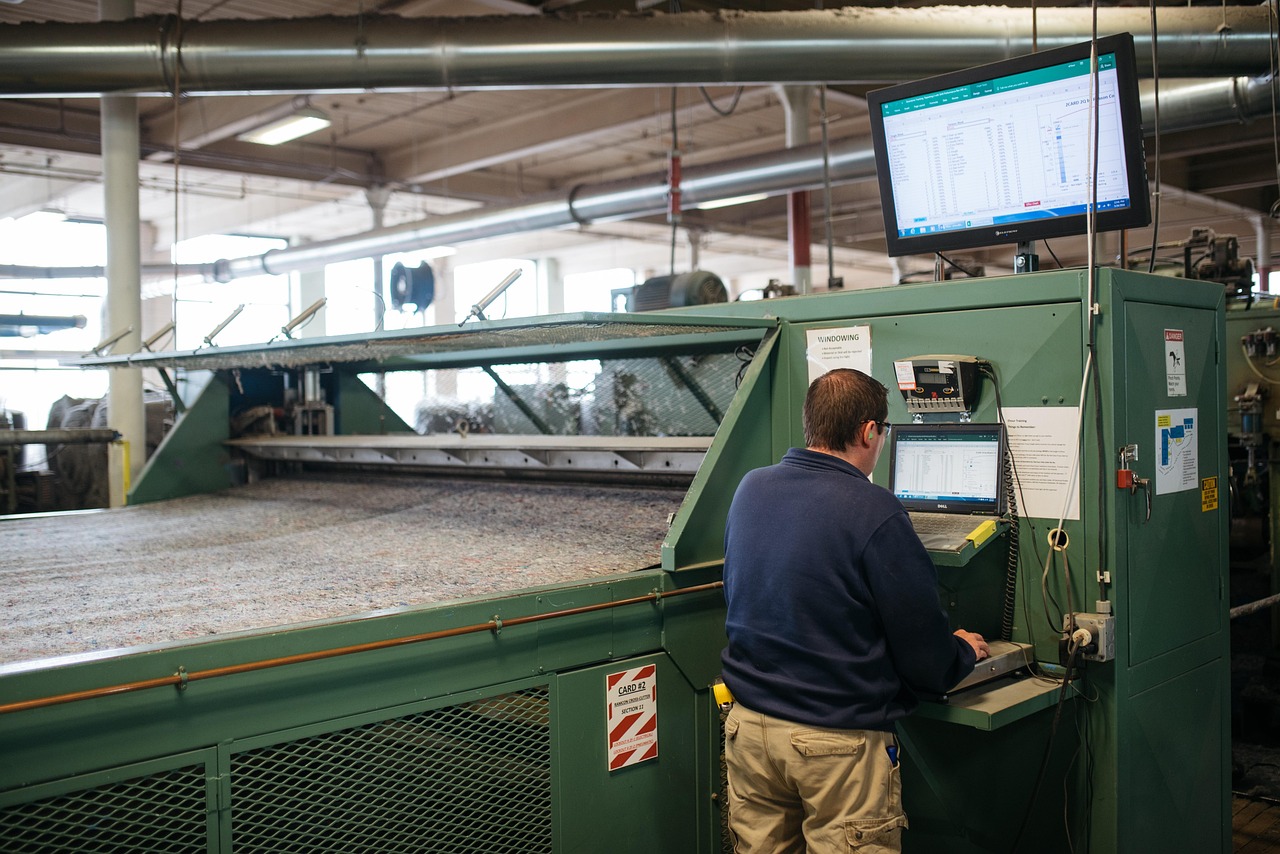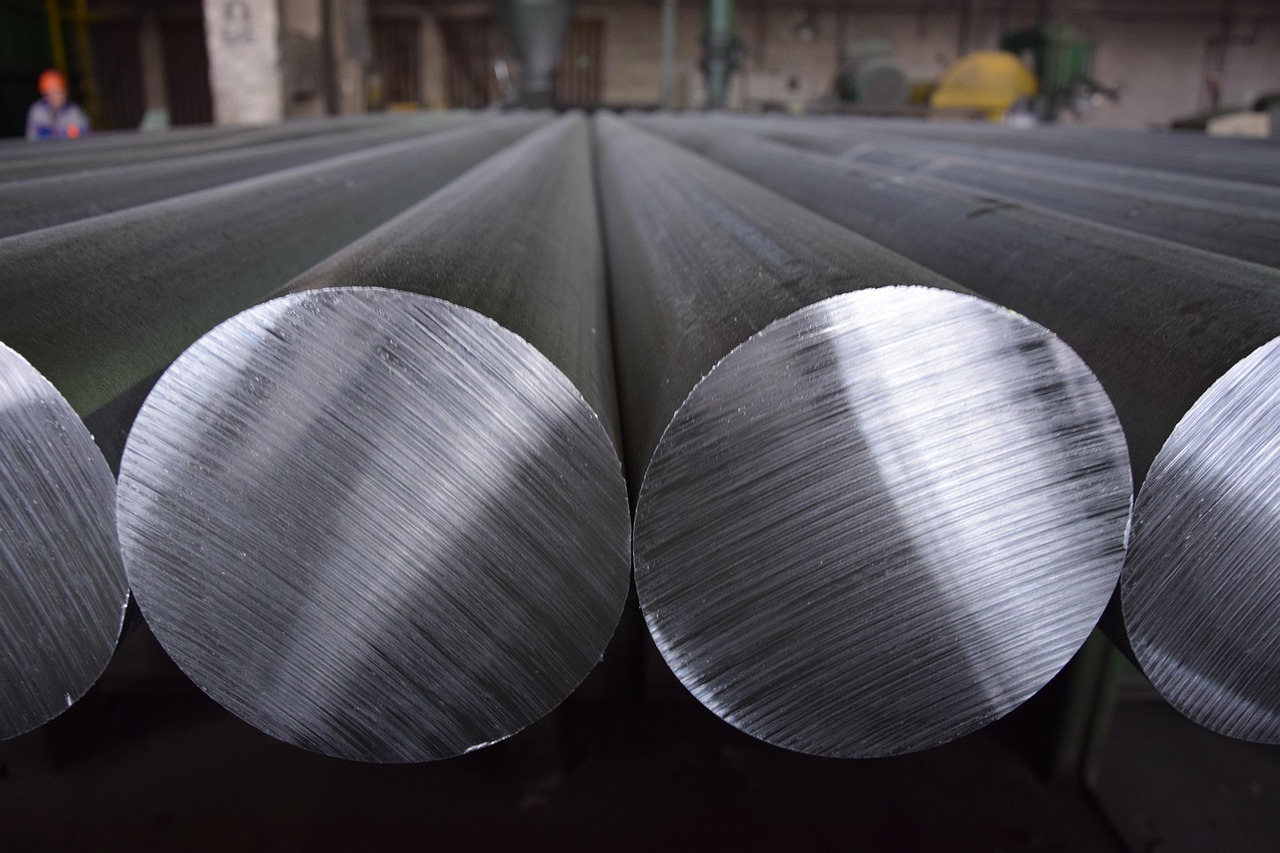Understanding Industry 4.0: How the Fourth Industrial Revolution Is Transforming Manufacturing

The industrial world is at a turning point. We’ve moved through three major revolutions—the steam-powered First Industrial Revolution, the electrified Second, and the digital Third. Now, we’re entering the Fourth Industrial Revolution, or Industry 4.0. Unlike its predecessors, this revolution isn’t just about new machinery or tools. It’s about merging the physical and digital worlds to create smarter, more interconnected systems.
Industry 4.0 represents a paradigm shift, particularly in manufacturing, redefining how factories operate, products are made, and supply chains function. Machines are no longer isolated units performing repetitive tasks. Instead, they’re part of vast networks that analyze data, adapt processes, and communicate with one another in real-time. If you’re in manufacturing or rely on it, understanding Industry 4.0 is essential to staying competitive in this evolving landscape.
What Is Industry 4.0?
At its heart, Industry 4.0 is about connectivity. Machines, sensors, and systems are no longer standalone elements. They’re integrated into a unified ecosystem where data flows freely, enabling smarter decision-making. This isn’t just incremental improvement; it’s a complete overhaul of how industries operate.
Imagine a production line where every machine monitors its own performance. If something goes wrong, it alerts the system, which adjusts workflows to prevent disruptions. Or picture a factory where equipment communicates with suppliers in real-time to reorder materials before inventory runs out. These scenarios aren’t futuristic—they’re happening today, thanks to Industry 4.0.
The concept originated in Germany as part of a national strategy to maintain its manufacturing leadership. Since then, it’s become a global movement, impacting industries as diverse as automotive, healthcare, logistics, and agriculture. But manufacturing remains the core focus, where Industry 4.0’s potential is most evident.
The Technologies Powering Industry 4.0
Industry 4.0 relies on several key technologies that work together to create smarter, more adaptive systems. Each plays a unique role in transforming traditional operations.
Cyber-Physical Systems (CPS)
Cyber-physical systems are the backbone of Industry 4.0. These systems integrate physical machines with digital intelligence, allowing them to monitor and control their performance. For example, a CPS-enabled assembly line can detect bottlenecks and adjust operations automatically to maintain efficiency.
CPS enables machines to interact not only with their immediate environment but also with other systems. This creates a level of adaptability that was unthinkable in earlier industrial eras. Machines can anticipate problems, adjust settings, and even collaborate with other machines to solve complex challenges.
Internet of Things (IoT)
IoT connects physical devices, sensors, and machines to the internet, creating a network where data flows seamlessly. In a manufacturing context, IoT sensors track everything from machine performance to environmental conditions, providing real-time insights.
For example, IoT can monitor the temperature of sensitive materials in transit. If conditions deviate from the ideal range, alerts are sent to operators who can intervene before the materials are compromised. This level of visibility improves efficiency and reduces waste.
Big Data and Analytics
The sheer volume of data generated by IoT devices is staggering. Big data analytics turns this raw information into actionable insights. Manufacturers use analytics to identify inefficiencies, predict demand, and optimize production schedules.
For instance, analyzing production data might reveal that a particular machine tends to overheat under specific conditions. With this knowledge, operators can take preventive measures, avoiding costly breakdowns and downtime.
Artificial Intelligence (AI) and Machine Learning (ML)
AI and ML bring intelligence to Industry 4.0 systems. AI analyzes complex datasets, finds patterns, and makes predictions, while ML allows systems to improve over time. For example, AI might identify a slight deviation in machine performance and predict that maintenance will be needed in two weeks.
This proactive approach reduces unplanned downtime and extends equipment lifespan. Over time, ML algorithms learn from these patterns, making future predictions even more accurate.
Automation and Robotics
Automation has long been a cornerstone of manufacturing, but Industry 4.0 enhances it significantly. Advanced robotics now perform intricate tasks with precision, speed, and consistency. Collaborative robots—known as cobots—work safely alongside humans, taking on repetitive or hazardous tasks while operators focus on more strategic activities.
Automation also supports flexibility. In Industry 4.0 factories, production lines can switch configurations quickly, enabling manufacturers to respond to changing customer demands without sacrificing efficiency.
Digital Twins
A digital twin is a virtual replica of a physical object or process. Manufacturers use digital twins to simulate operations, test scenarios, and predict outcomes. For example, a digital twin of a factory might simulate how a new layout would affect productivity before any physical changes are made.
Digital twins also support maintenance. By monitoring real-time performance data, a digital twin can identify potential issues and suggest corrective actions, all without interrupting operations.
Cloud and Edge Computing
Cloud computing provides centralized storage and processing power, enabling manufacturers to access data from anywhere. Edge computing processes data closer to its source—such as on a factory floor—reducing latency and enabling faster decision-making.
Together, these technologies ensure that manufacturers can handle the massive data requirements of Industry 4.0 systems without delays or bottlenecks.
How Industry 4.0 Is Transforming Manufacturing
The impact of Industry 4.0 on manufacturing is profound, touching every aspect of the process. Here’s how it’s changing the game:
Smart Factories
Smart factories are the epitome of Industry 4.0. In these environments, machines, systems, and humans work in harmony. For example, if a machine detects a fault, it communicates with other systems to reroute production while notifying maintenance staff. This minimizes downtime and ensures continuous operations.
Smart factories are also adaptive. They can respond to changing conditions, such as fluctuating demand or supply chain disruptions, with minimal human intervention.
Predictive Maintenance
Equipment failures are a costly problem for manufacturers. Predictive maintenance uses IoT sensors and AI to monitor equipment and predict failures before they happen. For example, a sensor might detect abnormal vibrations in a motor, prompting a maintenance alert.
This approach reduces unplanned downtime, extends equipment life, and lowers maintenance costs. It’s a win-win for productivity and profitability.
Mass Customization
Consumers increasingly demand personalized products, and Industry 4.0 makes this possible. Flexible manufacturing systems allow factories to switch between product configurations seamlessly. For example, a furniture manufacturer might produce a custom-designed table immediately after completing a standard one, without reconfiguring the entire production line.
Mass customization enhances customer satisfaction while maintaining efficiency, giving manufacturers a competitive edge.
Supply Chain Transparency
Industry 4.0 technologies provide end-to-end visibility into supply chains. IoT sensors track goods in transit, while blockchain ensures data integrity. For example, a pharmaceutical company might use IoT to monitor the temperature of vaccines during shipping, ensuring they remain effective.
This transparency reduces delays, improves quality, and builds trust with customers and partners.
Energy Efficiency
Energy costs are a significant concern for manufacturers, and Industry 4.0 helps address this through smarter energy management. Systems monitor energy usage across facilities, identifying opportunities for savings. For example, machines might enter low-power modes during downtime, reducing overall consumption.
These efforts support sustainability goals while cutting costs.
The Benefits of Industry 4.0
The advantages of adopting Industry 4.0 technologies go beyond efficiency. They transform the way manufacturers operate, delivering long-term value:
- Improved Productivity: Automation and optimization reduce waste, increasing throughput.
- Enhanced Quality Control: Real-time monitoring catches defects early, ensuring consistent product quality.
- Cost Savings: Predictive maintenance and energy efficiency lower operational costs.
- Greater Flexibility: Adaptive systems enable manufacturers to respond quickly to changing demands.
- Faster Decision-Making: Real-time data supports informed, immediate decisions.
- Sustainability Gains: Reduced waste and optimized energy use help meet environmental goals.
Challenges on the Path to Industry 4.0
While the benefits are compelling, adopting Industry 4.0 isn’t without its challenges:
High Initial Costs
Implementing new technologies requires significant investment in equipment, infrastructure, and training. Small and medium-sized enterprises (SMEs) may struggle to justify these costs without clear ROI projections.
Cybersecurity Risks
The connectivity that enables Industry 4.0 also creates vulnerabilities. Protecting sensitive data and ensuring system integrity are critical concerns, requiring robust cybersecurity measures.
Workforce Transformation
Industry 4.0 demands new skills, such as data analysis and AI management. Training existing employees and attracting new talent are essential but challenging tasks.
Legacy System Integration
Many manufacturers rely on older equipment that isn’t compatible with modern technologies. Finding ways to integrate or upgrade these systems can be complex and costly.
The Future of Industry
Industry 4.0 is still evolving. Emerging technologies like 5G and blockchain promise to enhance connectivity and security, while advancements in AI and robotics will unlock even greater efficiency. Sustainability will also play a larger role as manufacturers prioritize green practices and carbon reduction.
The future might include fully autonomous factories where AI handles everything from production planning to quality control. Supply chains will become even more resilient, with real-time data enabling instant responses to disruptions. The possibilities are endless.
Tying it All Together
Industry 4.0 is more than a technological upgrade—it’s a revolution in how industries operate. By integrating advanced technologies, it’s creating smarter, more efficient, and more sustainable systems. While challenges exist, the potential rewards—greater productivity, lower costs, and enhanced adaptability—make the journey worthwhile.
The Fourth Industrial Revolution is here, and it’s reshaping manufacturing as we know it. Are you ready to embrace the future?




